Ferrari and dirt. Not your everyday combination, but Ferrari actually participated in rally championships in the late 1970s and early 1980s. Let’s find out why Ferrari swapped tarmac for dirt.
Back to their roots
The starting point of this venture was the catastrophic 1973 Formula 1 season. Scuderia Ferrari didn’t score any podium places and withdrew from two Grand Prix (Dutch GP and German GP). Both drivers, Jacky Ickx and Arturo Merzario, left the team by the end of the season.
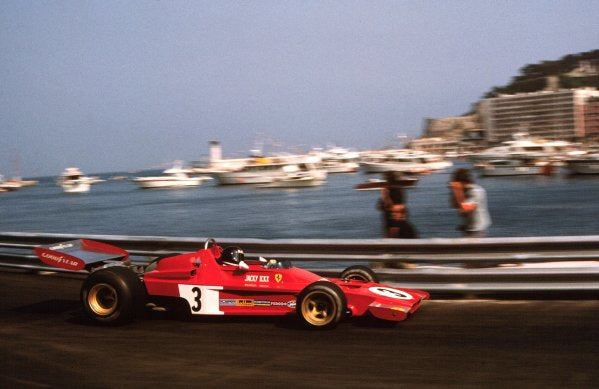
Enzo Ferrari was furious and decided to pull out of all other racing series to reorganize the whole team for the 1974 season. Niki Lauda was appointed and it turned out to be a great step: he finished fourth in the championship and won the 1975 and 1977 season.
Once Ferrari was back on track, they eventually showed interests in other racing divisions. One of them, surprisingly, was rallying…
Why rallying?
Michelotto, a Ferrari dealership founded in 1969, often turned road cars in race cars for privateers. Ferrari had always approved of those projects. Once the 308 GTB was introduced in 1975 and Michelotto got their hands on one, they felt the chassis would be suitable for rallying. They made plans to create a rally car and proposed them to Enzo and his team in 1976. They were highly interested and supplied cars to Michelotto to build rally cars.
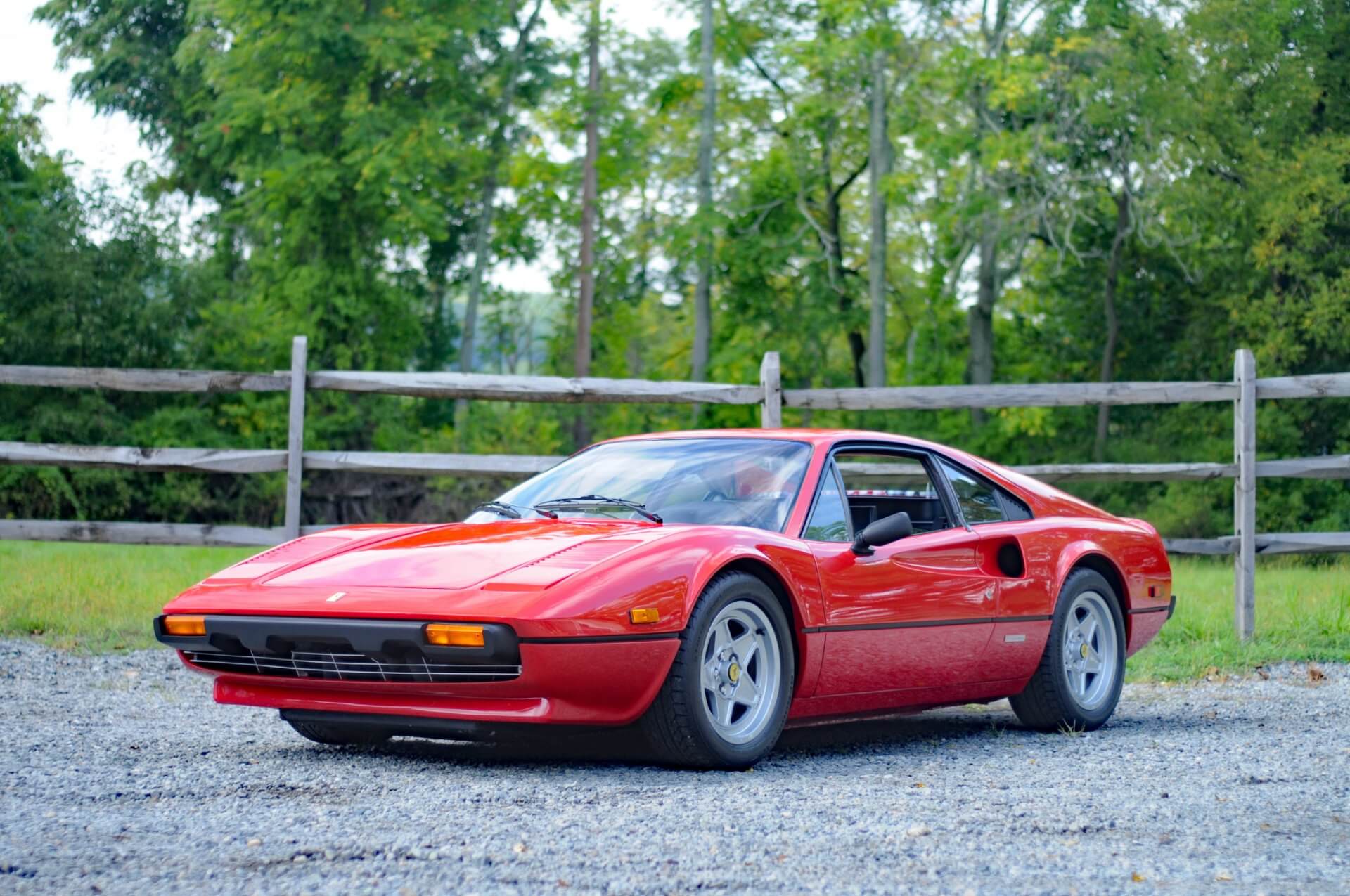
Most of those upgrades were fairly noticeable: we have a higher suspension, a stripped out cabin, rally lights and off-road tires. Michelotto turned eleven 308 GTBs into rally spec cars, with an additional car built in the U.K. for a privateer and another four cars for Group B.
The successes on dirt
The Ferrari 308 GTB Group 4 was first entered in 1978 and showed its competitive character immediately. The first victory of the 308, with Raffaele Pinto and co-driver Claudio Penariol occurred a year later. Frenchman Jean-Claude Andruet won the Tour de France Automobile Race twice: 1981 and 1982. During the first one, he drove a blue 308 ran by Parisian Ferrari dealer Charles Pozzi and the second victory was achieved in a red/blue 308 with co-driver Chantal Bouchetal.
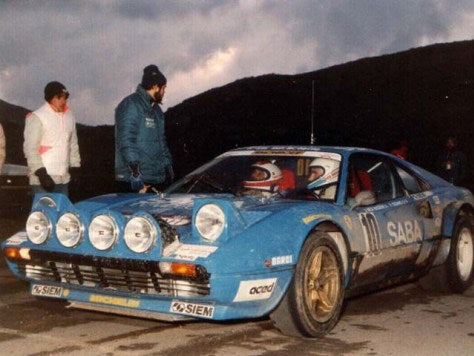
1982 might be the most impressive year for Ferrari’s rally venture. Andruet was behind the wheel of a rally prepared 308 when he drove to the second place during the Tour de Corse, an official World Rally Championship (WRC) stage.
The 308s were still very competitive throughout 1983. Michelotto was setting up plans to create an even more radical rally version of the 308 to compete in the gruelling Group B competition in 1984. This evolved into the Ferrari 308 GT/M.
Taking it to the next level
For those who aren’t familiar with Group B, it was a rally competition where the most ridiculous rally cars competed in. They were the fastest, most powerful and most dangerous cars you could come across on a rally stage. BMW entered with their M1, Audi with the legendary Quattro S1 and Ford with their Escort RS200 to name a few.
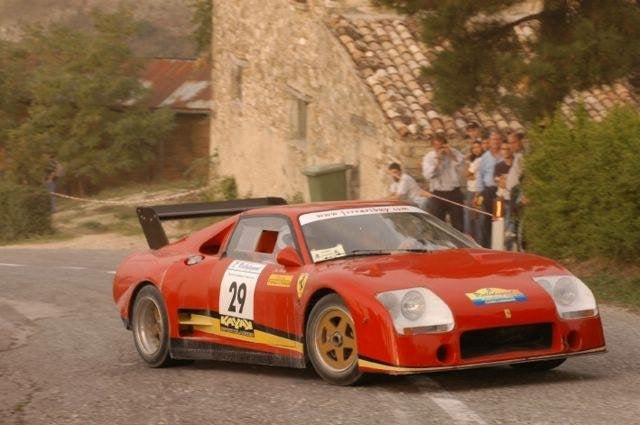
Ferrari and Michelotto wanted to give it a shot with their 308 GT/M. They took inspiration from the extreme Ferrari 512 BB/LM to create the 308 GT/M. As a result of the looser regulations of Group B, Michelotto basically had carte blanche in terms of modifications. The car didn’t had to resemble a road going car which explains to radical changes. To make it easier for mechanics to reach the engine block, the engine was mounted longitudinally with the gearbox bolted on the back. After giving the V8 an upgrade it pushed out around 370 bhp and 8500 rpm.
Once the car was ready, it only weigh 840 kg (1852 lb). The Group B divided sub-classes based on engine displacement, so the 3.0-L Ferrari needed 120 kg (265 lb) of ballast to make it eligible. Sadly though, the project took much longer than expected and it was only finished in 1986. The competition was way ahead of the Italians.
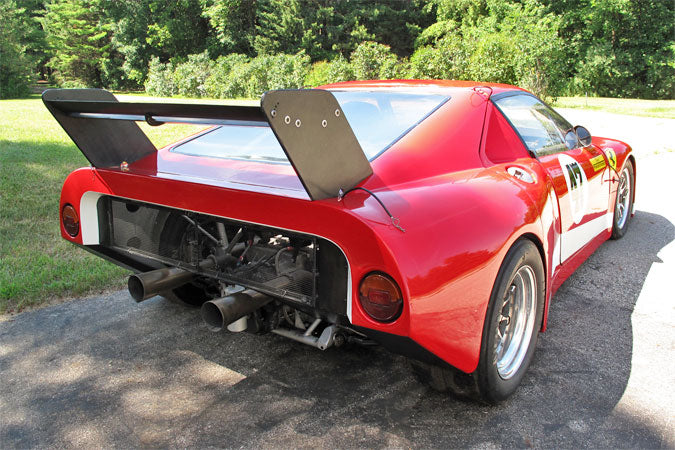
With a top speed of 270 kph (168 mph) the 308 GT/M was a very quick car, but it simply could not compete with the four-wheel drive cars with turbocharged engines. The car was directly sold to Jean Blaton, one of Ferrari’s most loyal customers. Blaton only used the car during small events.
The 288 GTO
However, this wasn’t the end of Ferrari’s rally aspirations. Many of the techniques they learned about were used in later cars, such as the 288 GTO. Simply put, the 288 GTO was a more extreme version of the 308. Ferrari planned to make 200 units to make it eligible for racing homologation. When the required 200 units were produced, the GTO Evoluzione came around the block. Six were built, but the FIA cancelled the Group B series after the death of Henri Toivonen and his co-driver Sergio Cresto during the 1986 Tour de Corse, France. The 288 GTO Evoluzione never went racing.
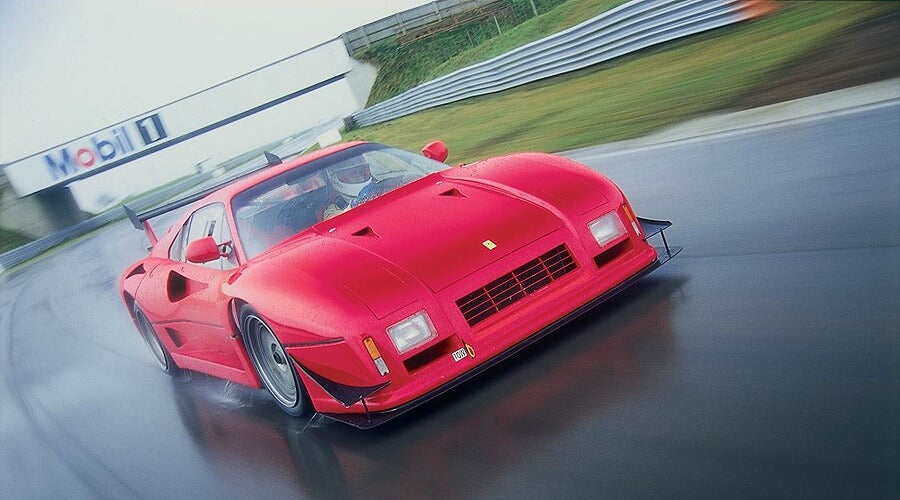
Although Ferrari never dominated the rally world, they learned valuable lessons. They used the 288 GTO Evoluzione as basis for the legendary F40 and produced a four-wheel drive concept in 1987.





Leave a comment